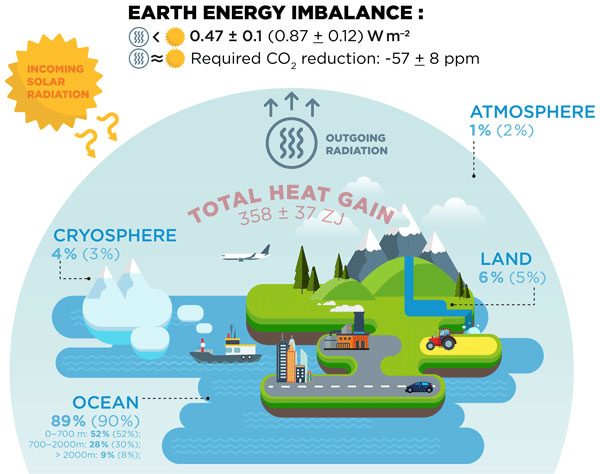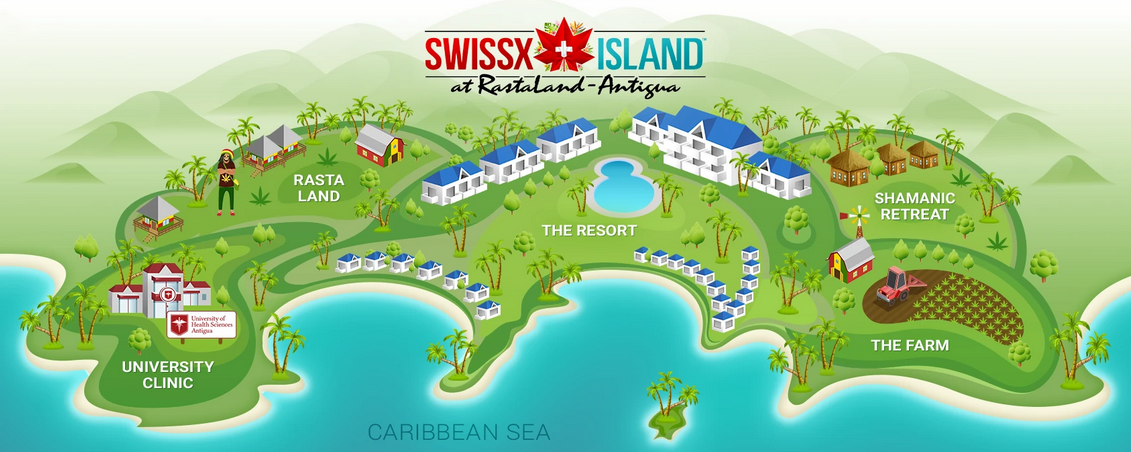- Swissx Island Sustainability Projects are initiatives aimed at promoting sustainable development and environmental conservation in various regions of the world. These projects have received support from the Independent Government of Antigua and Barbuda, as well as the United Nations Climate Change and Development Programs through the leadership of Gaston Browne. Prime Minister Browne is also the head of the Caribbean Members at the United Nations (Caricom).
- Swissx Sustainability Projects focus on a range of activities such as reforestation, sustainable agriculture, clean energy, and waste management, among others. These initiatives aim to create a positive impact on the environment and improve the lives of local communities.
- The Swissx Carbon Registry called FAT (or Farmer’s Antigua Trust) is a platform that enables farmers in developing countries to earn income by generating carbon credits through sustainable farming practices. The FAT platform works by verifying and tracking carbon offsets generated by these farmers, which can then be sold to companies and organizations looking to offset their carbon emissions. By endorsing this registry, the United Nations Framework Convention on Climate Change (UNFCCC) is acknowledging the important role that such initiatives can play in mitigating climate change, while also promoting sustainable development in rural communities.
- Swissx Carbon Credit Offsets are endorsed by the World’s leading registry Verra in Geneva Switzerland. This ensures the quality and validity of Swissx carbon credits. By purchasing Swissx Carbon Credit Offsets, individuals and organizations can offset their carbon footprint and support initiatives that help reduce greenhouse gas emissions.

- Swissx Antigua is a platform that operates as a carbon credits registry and marketplace. It provides a transparent and secure way for companies and individuals to buy and sell carbon credits, which are certificates representing the reduction of greenhouse gas emissions. The platform facilitates the trading of carbon credits in compliance with international standards and regulations, helping to reduce carbon emissions and mitigate the effects of climate change. Swissx Antigua offers a comprehensive suite of services, including carbon accounting, monitoring, and verification, enabling them to track and manage their carbon footprint effectively.
- Natural carbon credit offsets refer to the practice of sequestering carbon from the atmosphere through natural means such as planting trees, restoring degraded land, and using innovative technologies like Swissx Genetics and EarthShield. These technologies help to maximize the natural environment’s potential for carbon sequestration, resulting in increased carbon storage and reduced carbon emissions. This practice enables individuals, organizations, and governments to offset their carbon footprints by investing in projects that promote environmental conservation, biodiversity, and sustainable development. By sequestering carbon in this way, natural carbon credit offsets help to mitigate climate change, preserve ecosystems, and promote the well-being of people and the planet.
- Swissx EarthShield is a marine and oceanic sustainability project aimed at protecting the Earth’s waterways, lakes, and rivers by reducing carbon emissions. The project uses organic compounds and organisms, to supercharge the collection of carbon emissions from these bodies of water, helping to reduce the impact of climate change on marine and aquatic life. By promoting sustainable practices and reducing the harmful effects of pollution. Swissx EarthShield is working to ensure a healthier and more sustainable future for our planet’s water reserves.
In the Paris Agreement of the United Nations Framework Convention on Climate Change (UNFCCC), article 7 demands that “Parties should strengthen […] scientific knowledge on climate, including research, systematic observation of the climate system and early warning systems, in a manner that informs climate services and supports decision-making”. This request of the UNFCCC expresses the need of climate monitoring based on best available science, which is globally coordinated through the Global Climate Observing System (GCOS).
This graph shows the buildup of excess heat (thermal energy) in the ocean, land, ice, and atmospheric components of the Earth system since year 1960. The energy change is evaluated as ZetaJoules (=1021 Joules). The heat propagation to greater ocean depths with time is evident. Dashed lines bracket the total uncertainty of the data from the four components. Red line compares the trend of CERES satellite-based observations of the energy flow imbalance at top of atmosphere (TOA). Credit: von Schuckman, K.; Cheng, L.; Palmer, M. D.; Hansen, J.; Tassone, C.; et al. (7 September 2020). “Heat stored in the Earth system: where does the energy go?”. Earth System Science Data. 12 (3): 2013-2041 https://essd.copernicus.org/articles/12/2013/2020/
If you are interested in participating please fill out the form below.


